How to train for Kilimanjaro
09.09.2019 | updated: 27.04.2023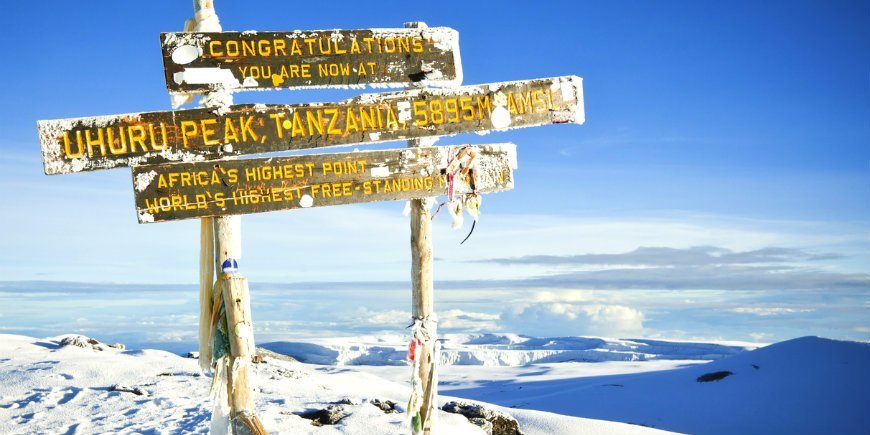
Climbing Mount Kilimanjaro is an experience you’ll never forget.
With the right preparation, most people can climb Africa’s highest mountain.
But where to start?
Read on below to find out how best to prepare yourself, both physically and mentally, to climb the world’s highest freestanding mountain.
Please note: The guide below is a guideline only. We’re all different and require individually tailored training. Always consult your doctor before embarking on any new training routines.
Do you need to be in good shape to climb Kilimanjaro?
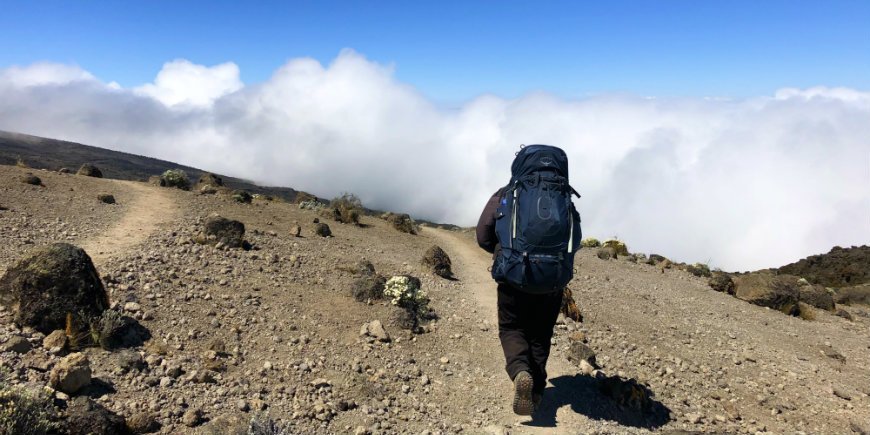
The short answer is yes. But you don’t have to be an elite athlete to do it.
The good thing about Kilimanjaro is that most routes to the top are actually a trek rather than actual mountaineering. So this means that all healthy people in reasonable shape can do it. Climbing experience is not therefore a prerequisite.
This said, good preparation is essential to a successful outcome.
What is the best way to prepare?
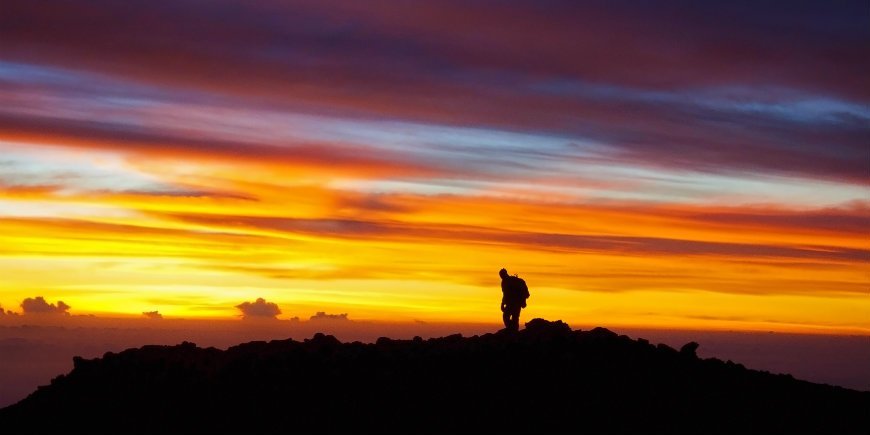
Climbing Kilimanjaro is as much a mental challenge as it is a physical one.
There’s no need to restructure your entire life when embarking on your preparations, but there are nevertheless a few things to bear in mind.
Physical training
On all Kilimanjaro routes, the daily hikes are between 4 and 20 km, and you’ll be hiking for up to 7 hours per day with a backpack on your shoulders. All of this takes place in diverse terrain and at higher and higher altitudes, which can pose more of a challenge than the trek itself.
One of the most important things you can do from home is to train your physical stamina, including fitness training and muscle endurance.
All cardio exercise such as power walking, running or cycling will help strengthen your heart and lungs. You’ll become better at transporting oxygen around your body, strengthening your body’s physical endurance.
There are many different training programmes for Kilimanjaro, but all of them emphasise strengthening the leg muscles as well as building the stamina you gain from going on lots of long walks with a heavy backpack on your back. And if you have the chance, walk in hilly terrain to simulate the conditions that you will encounter on the mountain as much as possible.
5 tips for physical training:
1. Put in the miles by going on long walks with a backpack – and preferably in your walking boots.
2. Do cardio training to prepare your heart and lungs for the thinner air.
3. Do ab and back exercises to strengthen your core so you can carry your backpack for many miles.
4. Do knee and ankle exercises so that you are ready to walk in diverse terrain.
5. Avoid injury by gradually increasing the amount of exercise you do.
It might be an idea to ask your gym to put together a training programme individually tailored to you. We also recommend that you consult your doctor before embarking on any new exercise routines.
When should I start training?
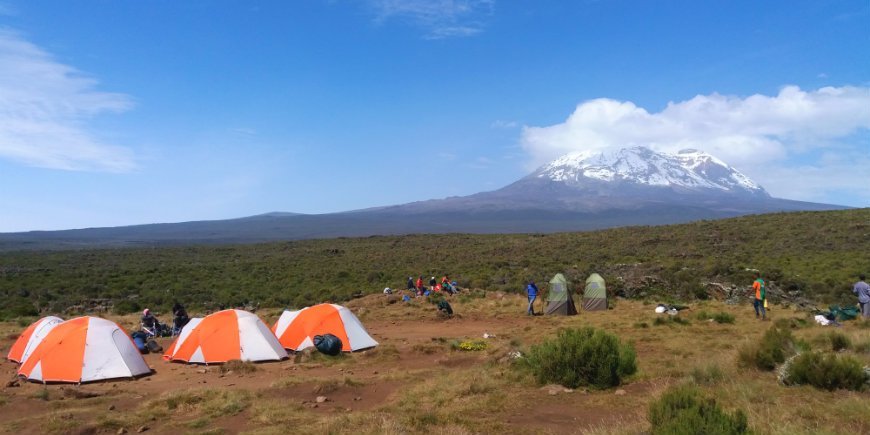
It’s a good idea to start preparing your training as soon as you’ve made the decision to climb Africa’s highest mountain.
As a general rule, you should put in around 3 months training before your adventure begins. This gives you time to build the stamina and strength you’ll need for the climb.
If you’re in poor shape, you might want to start even earlier.
The mental challenge
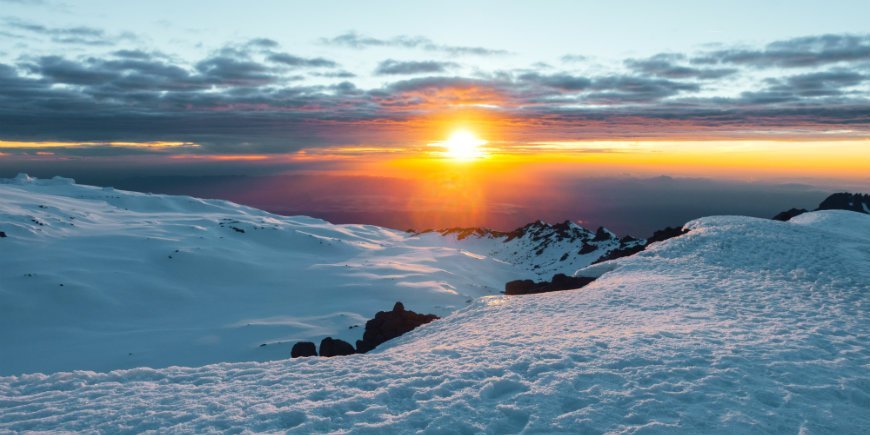
The biggest challenge you’ll face on Kilimanjaro is probably going to be the mental challenge.
Climbing Kilimanjaro is tough!
Even if you’ve trained for the tour with miles upon miles of walks with a full backpack, it’s difficult to prepare for the days and hours when your body says no.
Determination, willpower and perseverance are the most important mental elements you can work on. They’ll help you battle the final stretch to the top when your body is stricken with headaches or other mild symptoms of altitude sickness. When your body wants you to give up, it’s your positive mental attitude that will help you push on to the top.
3 tips for mental training:
1. Visualise yourself at the top of Kilimanjaro before you leave. This can help you on the last stretch to the top.
2. Consider how you will handle the challenges along the way. Because you WILL be challenged.
3. Pole Pole, take it easy and increase the chance of avoiding altitude sickness. It can be tempting to walk at too rapid a pace – especially if you’re in good shape – but you’re in with a much greater chance of reaching the top if you take it easy.
Standing on top of Africa at Uhuru Peak and enjoying the sunrise to the east is a mind-blowing experience.
With the right training, it can also become a reality for you!
Seize the challenge and start your preparations today. Also read our ultimate guide to Kilimanjaro, where you will find answers to frequently asked questions and our posts on the best time for your Kilimanjaro adventure.
TourCompass – From tourist to traveller
-
General Info
Receive all the latest news and offers delivered to your inbox!
Registered in England.
Registered Office:
Nucleus House 2
Lower Mortlake Road
Richmond, TW9 2JA
Company no.: 11454726

E-mail: info@tourcompass.co.uk
ATOL protected no. 10558.
ABTA member no. Y6104.
Read more.